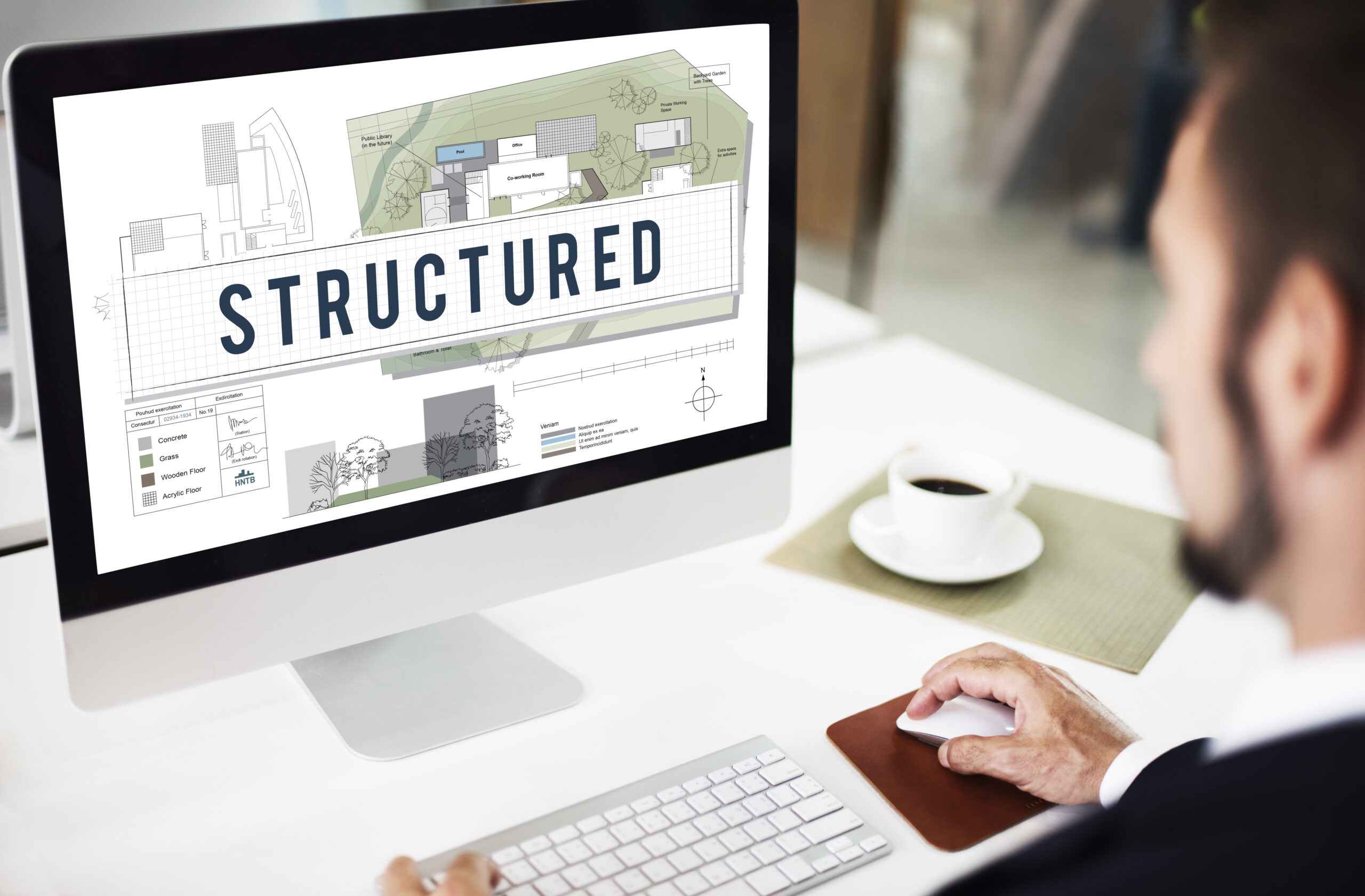Building Information Modeling (BIM) is a powerful approach to managing complex projects. But like anything else, you can use it better if you know how to optimize it for performance. When you add in the variability of users and data, optimizing your Infrastructure for BIM services for performance can take time and effort. In this post, we will explore ways you can optimize your BIM services for performance. From understanding user requirements to optimizing rendering speed, read on to learn how to make your BIM services as performing as possible.
What are BIM services?
You can do a few things to optimize your Infrastructure for BIM services for performance:
Make sure your files are properly organized and compressed. It will help reduce the number of requests required to load them.
Keep track of which objects are being accessed most often and create cache versions of those objects. It will speed up subsequent requests for that object.
Use streaming technology to send updates to clients as they happen, rather than waiting for a complete batch update.
Doing so will save on network bandwidth and processing time.

Categories of BIM Services
There are many categories of BIM services, but some common ones include data exchange, collaboration, modeling, graphics, and simulation. When optimizing your BIM services for performance, you should consider the following factors:
Data Exchange: Make sure your data is exchanged quickly and accurately between software applications. It will help ensure that models and drawings are accurate and responsive to user input.
Collaboration: Make sure users can easily access and share files with others involved in a project. It will help prevent errors and allow for quick collaborations between team members.
Modeling: Make sure your models are accurate and easy to understand. It will help architects decide how to design a structure or project.
Graphics and Simulation: Only use graphics or simulation features if necessary to improve the quality of your models or drawings. Use these features only when they truly improve the accuracy of your data or help you better understand how a structure or project will behave in real life.
How can you optimize your BIM services for performance?
When designing or managing a project, one of the key considerations is how efficiently you can complete the design. It is where BIM (Building Information Modeling) comes in – it’s a process and methodologies used to document and manage the physical construction of facilities. You should keep a few things in mind to optimize your BIM services for performance.
First and foremost, make sure your data architecture is well-designed. Building models based on accurate or complete information can lead to long delays in completing projects. Ensure all relevant data is captured in your model from the outset so there’s no need to recreate it later.
Another factor affecting BIM performance is how quickly you can load your models into an application. Faster loading times will help speed up navigation and analysis within the model, which can save you time and money.

Finally, ensure you’re using optimal rendering settings when displaying your models. Optimal render settings will allow users to see designs without loading them into an application first – this can result in faster navigation and a smoother experience when viewing models.
BIM Standards and Approaches
Several BIM standards and approaches can help improve your Infrastructure’s Performance for BIM services. Some common optimization techniques include:
• Separating data into different files, databases, or workflows to optimize performance.
• Using parallel processing to speed up specific tasks.
• Utilizing compression and caching to reduce bandwidth usage.
Data Capture and Integration for Performance Management
You can optimize your BIM services for performance. One of the most important is ensuring that your data is captured and integrated promptly. It will help you avoid delays in project execution and improve project outcomes.
Another way to improve performance is by using virtual or augmented reality technologies to view projects more closely. It can allow you to spot problems earlier and correct them before they cause major disruptions.
And finally, ensure that your Infrastructure for BIM services is deployed on an infrastructure that can handle the increased demand. By doing this, you’ll be able to minimize the time wasted on projects due to slowdowns or outages.
What exactly are CAD Drafting Services?
CAD drafting services provide architects, engineers, and other design professionals with the ability to create 3D models of buildings and other structures using computer-aided design (CAD) software. You can use CAD drafting to create various designs, including floor plans, elevations, sections, and details.
What are the benefits of using BIM?
There are 10 benefits of BIM to optimize your services for performance are:
1. Reduced Time to Market
2. Improved Accuracy and Efficiency
3. Reduced Cost and Complexity of Construction
4. Improved Communication and Collaboration
5. Reduced Environmental Impact
Conclusion
Infrastructure for BIM services can be a great way to increase productivity and achieve efficiencies in your work environment, but only if they’re optimized for performance. In this article, we’ll outline some key steps you need to take to ensure that your BIM services run as quickly and smoothly as possible. By following these tips, you’ll be able to improve both the design quality and efficiency of your BIM deployments.









































